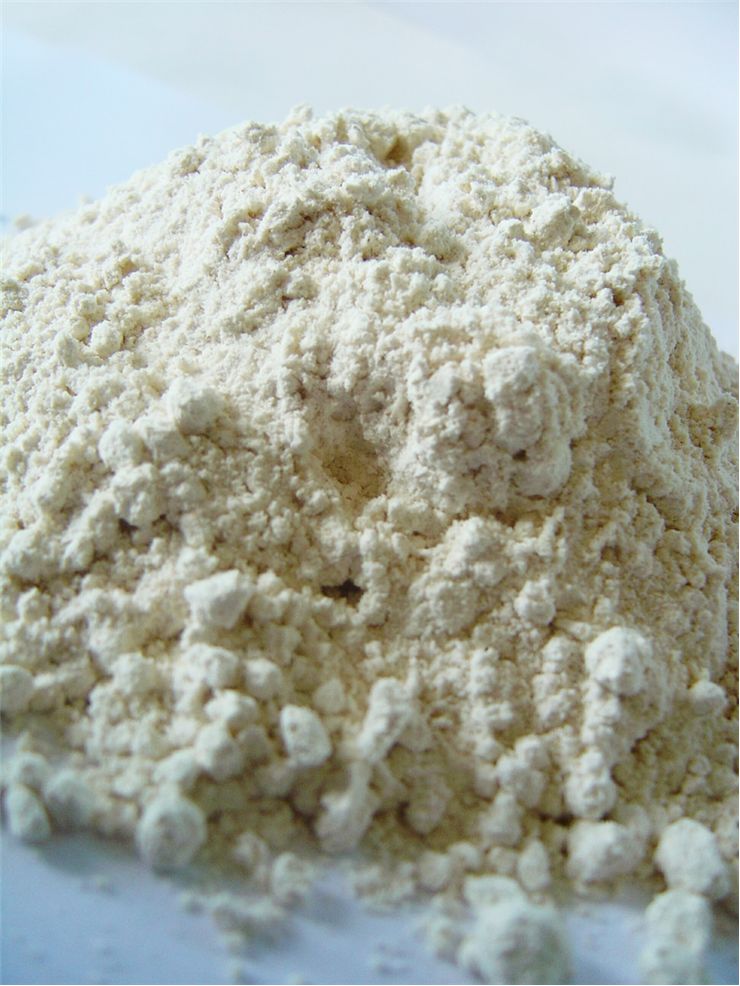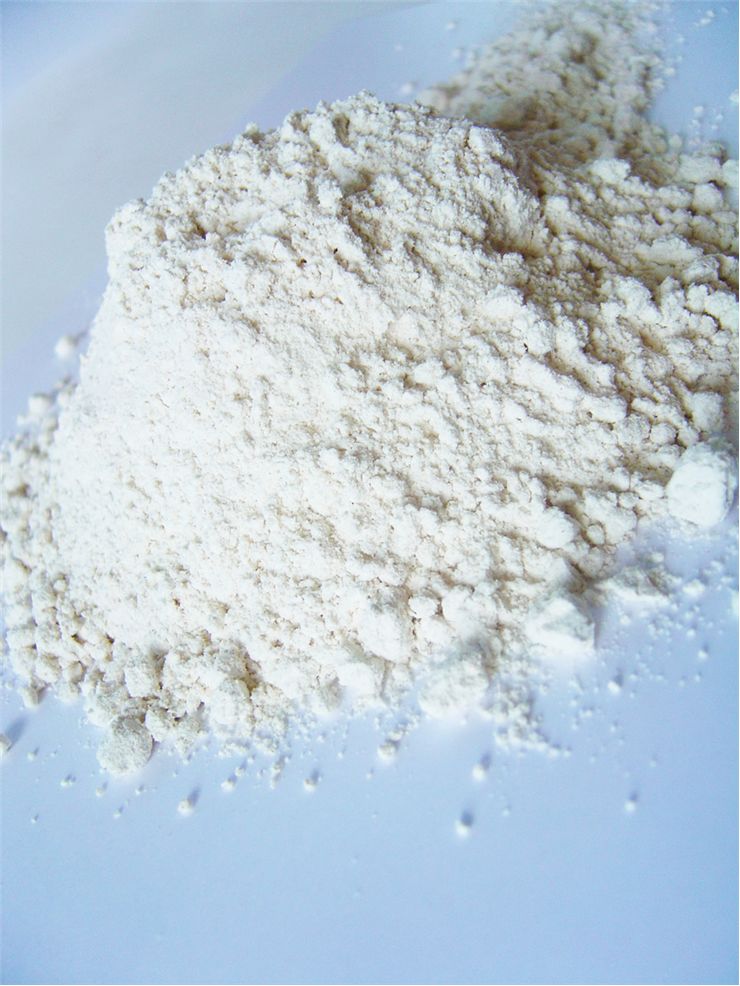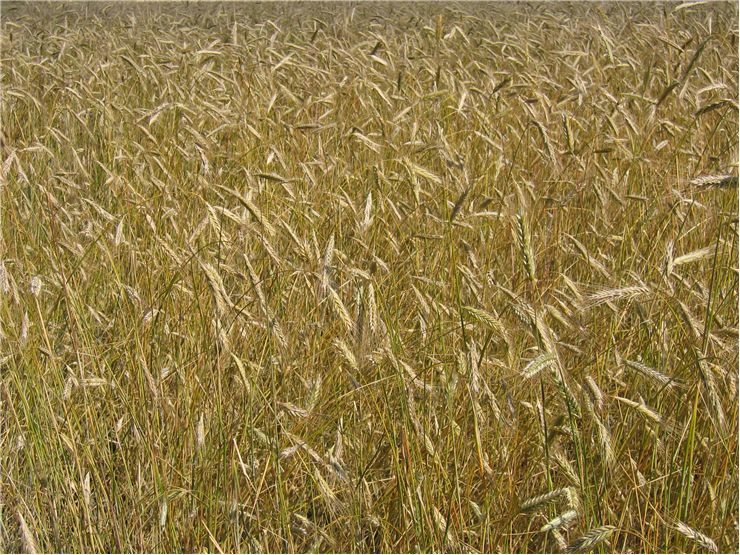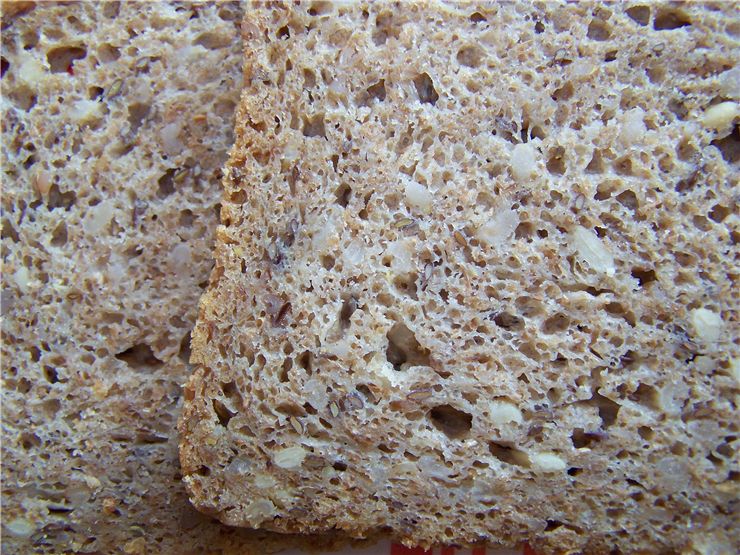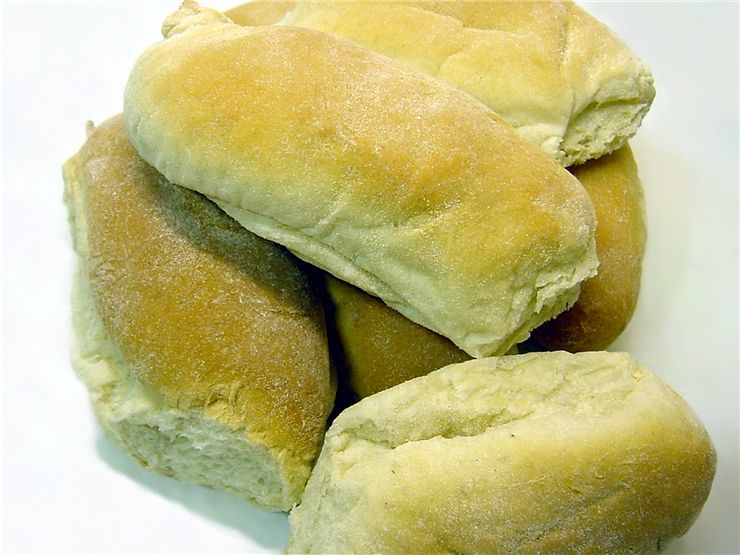Flour History and Types of Flour
Flour is a powder made by grinding cereal grains, seeds, or roots. It is used as an ingredient for baking bread, cakes, and other foods. Different cultures have flour made from different cereals. While in European, North America, Middle Eastern, Indian, and North African cultures, it is most commonly made from wheat, in Central America (Mesoamerica), it is made from corn from ancient times. In central Europe, it is made from corn from ancient times made of rye. Some types of flour are made from rice.
Four has been with us a long time now: archeological evidence shows that flour was made 30,000 years ago during the Upper Paleolithic in Europe. The oldest technique for flour making was in a combination of a stone mortar and pestle. The Romans made flour by grinding seeds on cone mills, combining two stones: the upper is convex, and the bottom is concave. An animal turned upper while the bottom stood still. In time, different mechanisms of grinding flour were invented.
Ancient Greeks had watermills before 71 BC. Grain was fed between millstone, turned by the mechanism powered by water, and bedstone and ground into powder after watermills appeared mills that were powered by wind. With the beginning of the Industrial Age, mills were powered by steam and ground the flour with metal or porcelain rollers instead of horizontal stones. That increased flour production and gave a product with a longer shelf life.
Before industrialization, white flour was expensive and only affordable for wealthy people. Roller mills made removing the germ much easier, so white flour became more affordable for people experiencing poverty. The problem is that the germ holds most of the vitamin B. Because white bread became a staple food for people experiencing poverty, diseases caused by a lack of B vitamins, such as pellagra and beriberi, started appearing in large numbers. When the vitamins were discovered, and their connection with diseases found during the 1930s, flour was enriched with iron, niacin, thiamine and riboflavin. Folic acid was added in the 1990s.
There are now different types of flour:
Unbleached flour is simply flour that has not undergone bleaching and therefore does not have the color of "white" flour.
Refined flour has removed the germ and bran, also called white flour.
Bleached flour is a refined flour with added whitening agent. The four most commonly used agents are potassium bromate, benzoyl peroxide, ascorbic acid, and chlorine gas.
Plain flour or all-purpose flour is flour that does not have a leavening agent.
Self-rising flour is flour sold premixed with chemical leavening agents. It is used for baking lighter and softer baked products.
Enriched flour is flour with replaced flour nutrients lost during processing.
Other flours that are made from other materials and that can be found on the market are acorn flour, almond flour, amaranth flour, atta flour, bean flour, brown rice flour, buckwheat flour, cassava flour, chestnut flour, chickpea flour, coconut flour, corn (maize) flour, cornstarch, rice flour, hemp flour, maida flour, mesquite flour, nut flours, peasemeal or pea flour, peanut flour, potato flour, rice flour, rye flour, sorghum flour, and tapioca flour.
